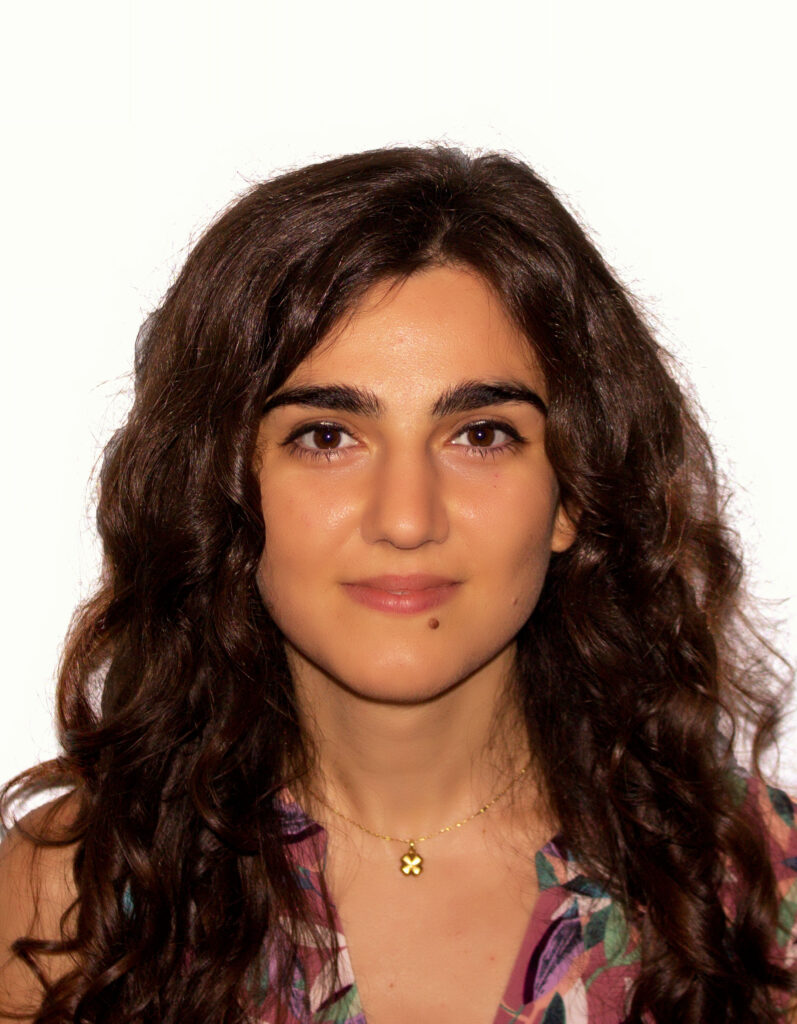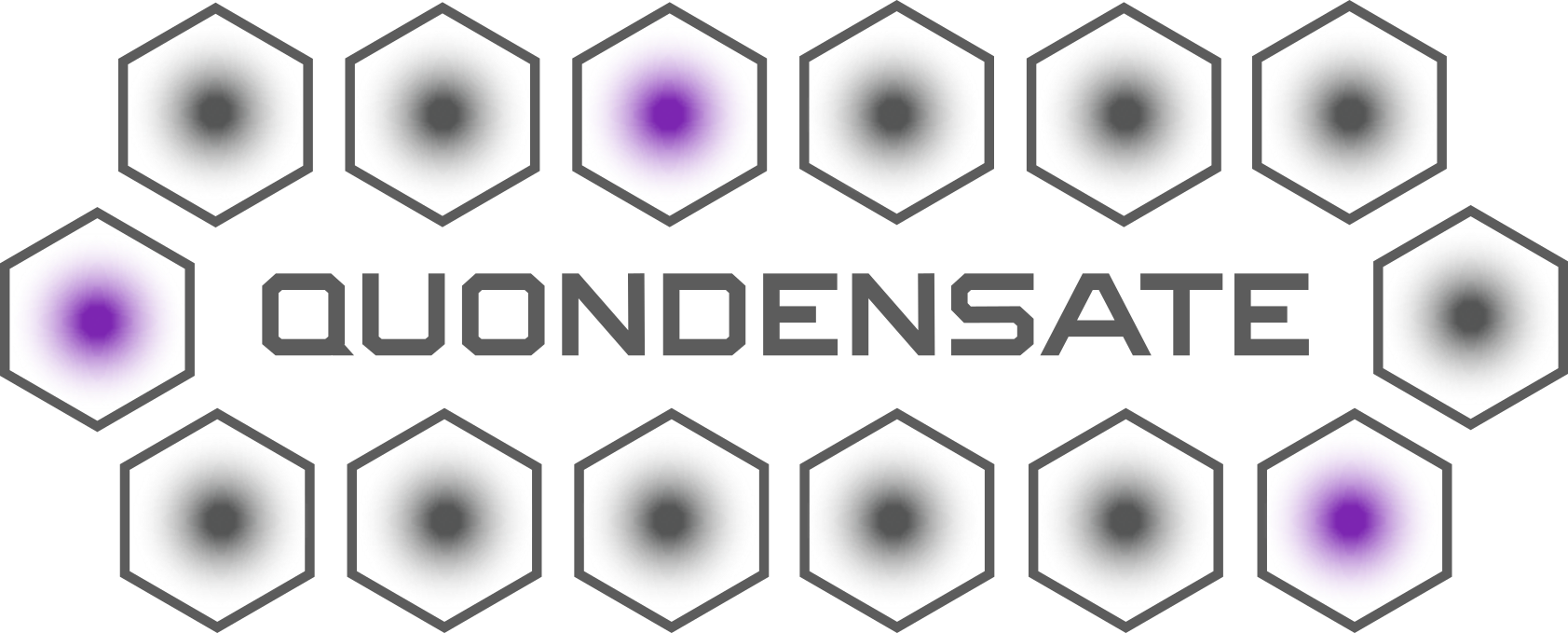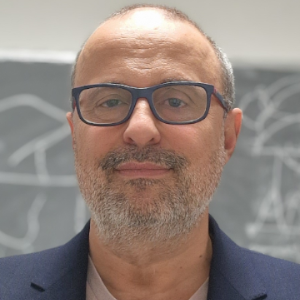
Research Expertise
The UNIMIB team is led by Prof. G. M. Vanacore, who has a well-established expertise in advanced electron microscopies, optics, nano-photonics, and 2D materials. Current research has been devoted to the investigation of non-equilibrium dynamics of low-dimensional materials, and coherent electron phase shaping via quantum electron-light interaction. For structural data interpretation, UNIMIB also includes Prof. F. Montalenti, who has a long-standing expertise in analysis and interpretation of experimental data concerning defect injection in low-dimensional systems.
Role in Quondensate
Within Work Package 1 (WP1) and Work Package 2 (WP2), UNIMIB will perform structural characterization of the pristine and defect-engineered TMDs materials via High-Resolution Transmission Electron Microscopy (HR-TEM). Within Work Package 3 (WP3), UNIMIB will investigate structural decay and decoherence effects of the TMD defect network via Ultrafast-TEM with phase- and temporally-engineered electron pulses.
The people

Floriana Morabito (Postdoc – Quondensate funded)
Floriana Morabito works on the characterization of bidimensional materials using ultrafast transmission electron microscopy (UTEM) at LUMINAD lab. Floriana has a background on ultrafast pump-probe spectroscopy at Prof. Giulio Cerullo’s ultrafast labs, aiming to the study of exciton and relaxation dynamics in 2D semiconducting materials (i.e. transition metal dichalcogenide few-layers and heterostructures, Germanane (GeCH3), black phosphorus (BP) and M-Xenes (Ti3C2) from liquid-phase exfoliation. She received a training on this scalable technique during her research stay at Trinity College Dublin joining Prof. Valeria Nicolosi’s group. PhD thesis on “Transient absorption spectroscopy on 2D semiconducting materials from liquid phase exfoliation for optoelectronic applications” under the supervision of Prof. Christoph Gadermaier. Master thesis on “Ultrafast photoinduced processes in plasmonic structures coupled to MoS2 nanosheets” under the supervision of Prof. Margherita Zavelani-Rossi.
Quondensate related papers
- I. Madan, G. M. Vanacore, S. Gargiulo, T. LaGrange, and F. Carbone
The quantum future of microscopy: Wave function engineering of electrons, ions, and nuclei.
Appl. Phys. Lett. 116, 230502 (2020) - G. M. Vanacore, A. W. P. Fitzpatrick, and A. H. Zewail
Four-dimensional electron microscopy: ultrafast imaging, diffraction and spectroscopy in materials science and biology.
Nano Today 11, 228-249 (2016) - D. Lanzoni, F. Rovaris and F. Montalenti
Machine learning potential for interacting dislocations in the presence of free surfaces.
Scientific Reports 12, 3760 (2022)
The University of Milano-Bicocca
The University of Milano-Bicocca is a young university (established in 1998) with a strong commitment to international research in science, medicine and social sciences. It is one of
the most dynamic and research- and innovation-oriented Italian universities. In recent years, it has created an extensive network including many well-established universities, research centres and top corporations. In terms of projects, UNIMIB is currently involved in more than 100 ongoing European granted projects. The research groups involved in this project are based at the Department of Materials Science, which is routinely ranked at the top positions among all medium-sized departments in the condensed matter physics and materials science areas from the National Agency for the Evaluation of Universities and Research Institutes.




